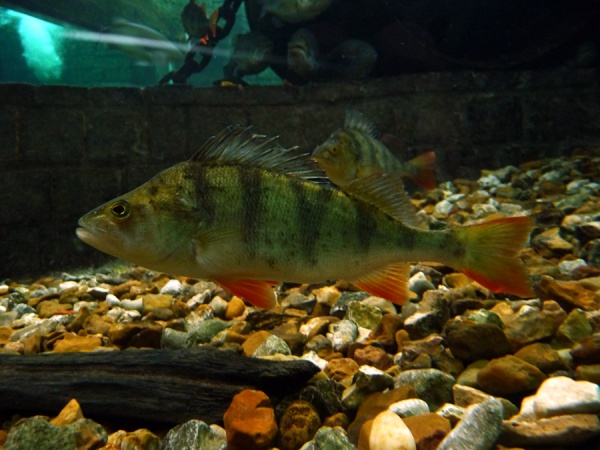Facts About European perch
The European perch, scientifically known as *Perca fluviatilis*, is a predatory freshwater fish native to Europe and northern Asia. Highly favored by anglers, this species has been introduced to countries such as Australia, New Zealand, and South Africa. Unfortunately, these introductions have had detrimental effects on local fish populations.
In terms of appearance, the European perch is quite distinctive. It has a greenish hue complemented by red fins and dark vertical bars on its sides, and it can grow up to 60 cm in length. These fish can live up to 22 years and inhabit various water bodies within both their native and introduced ranges.
European perch prefer slow-flowing rivers, deep lakes, and ponds. As predators, their diet includes zooplankton, invertebrates, and smaller fish like sticklebacks and minnows. The spawning season for perch runs from February to July, during which they lay eggs on aquatic plants or submerged branches.
The species was first described by Peter Artedi in 1730 and later named by Carl Linnaeus in 1758. European perch are popular targets for both food and sport fishing, with significant catches reported in countries such as Russia, Finland, and Estonia. Anglers often use baits such as minnows, worms, shrimp, and artificial lures to catch them.
Despite their popularity, European perch face several challenges. They are targeted by predators such as the great cormorant and common kingfisher and are susceptible to various parasites, including nematodes and tapeworms. Nevertheless, the European perch is a versatile and adaptable species that has managed to establish itself in numerous regions outside its native habitat.
